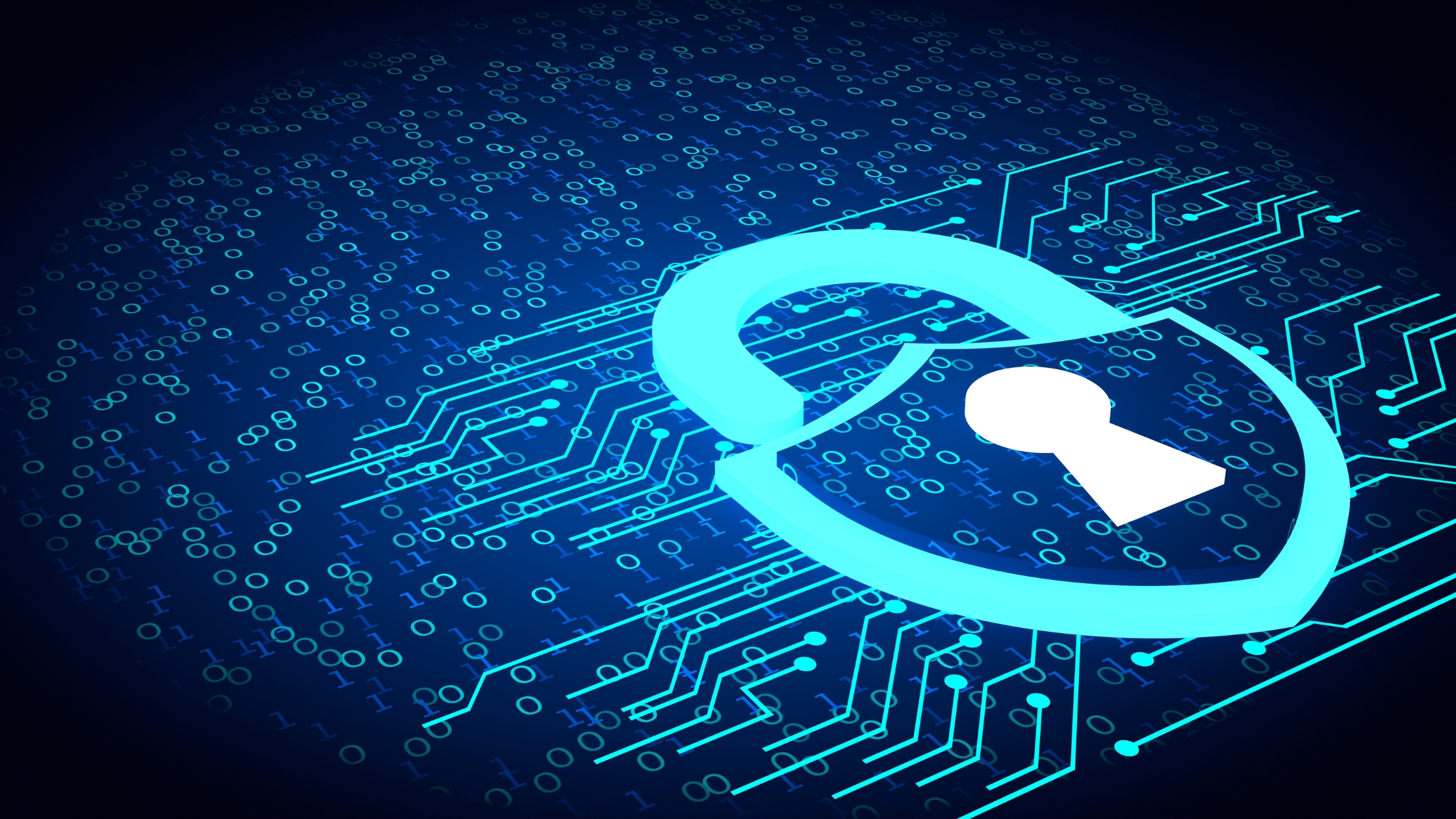- Upgrade your defenses, not your anxiety. Let’s Talk! Contact Us

From Ink to Evidence: Techniques involved in Document Forensics Analysis
Hey there, fellow sleuths and crime enthusiasts! Are you ready to dive into the fascinating world of forensic document examination? If you've ever wondered how handwriting experts analyze signatures or detect forgery in legal cases, then this blog post is for you.
We'll explore the principals involved in
questioned document examination, the techniques used by forensic document
examiners, and the importance of their work in legal settings. So grab your
magnifying glass and let's get started on this thrilling investigation into the
world of forensic document analysis!
Principle involved in Questioned Document
examination.
When it comes to questioned document examination, there are a few key
principles that forensic experts follow. First and foremost, they analyze the
authenticity of documents by comparing known samples with unknown or disputed
ones. This involves scrutinizing various aspects such as handwriting style,
signature characteristics, paper type, ink analysis, and even the presence of
any alterations or erasures.
Additionally, forensic document examiners rely on scientific methods to
determine if a document has been tampered with or forged. They use specialized
equipment like magnifiers and microscopes to closely examine every detail of
the document in question. By carefully analyzing the strokes, pressure
patterns, line breaks, and other unique features of handwriting or signatures,
these experts can uncover inconsistencies that may indicate fraud.
Furthermore, forensic document examiners also consider contextual factors when conducting their analysis. They take into account the circumstances surrounding the creation of a document - was it written under duress? Were there any emotional factors involved? By understanding the context in which a questioned document was produced or signed, these professionals can provide valuable insights into its authenticity. So you see my friends, questioned document examination is not just about looking for discrepancies; it's an intricate process that combines expertise in handwriting comparison with scientific techniques and contextual understanding. It's like solving puzzles using clues hidden within ink strokes! In our next section we'll explore some common techniques used by forensic document examiners - get ready for some real detective work!
The Role of a Forensic Document Examiner
When it comes to investigating crimes and legal disputes, forensic document
examiners play a crucial role in providing valuable insights. These experts are
trained to analyse documents, such as handwriting samples and signatures, with
the aim of determining their authenticity. Their expertise is often sought
after in cases involving forgery, fraud, or disputed wills.
A forensic document examiner's primary responsibility is to examine various
aspects of a document for evidence that can help establish its origin or
uncover any attempts at tampering. They meticulously compare handwriting styles
to identify inconsistencies or similarities between different documents. By
studying the unique characteristics of an individual's writing habits and
patterns, they can determine if a particular signature or handwritten note is
genuine.
In addition to handwriting analysis, forensic document examiners also employ advanced techniques like microscopic examination and ink analysis to detect alterations or counterfeit materials used in documents. They may examine paper fibres, ink types, watermarks, printing methods - all with the objective of establishing the truth behind questioned documents. Their findings are then presented as expert testimony in court proceedings where they explain their analysis process and present their conclusions based on scientific principles. Their role goes beyond simply examining documents; they act as impartial professionals who provide unbiased opinions based on thorough investigation and examination.
Forensic document examination continues to evolve alongside technological advancements. New tools like electronic imaging systems have made it easier for examiners to compare digital signatures while advances in software algorithms have enhanced their ability to spot subtle differences or manipulations within scanned documents. The significance of forensic document examination cannot be overstated when it comes to resolving legal disputes effectively. It provides invaluable evidence that helps both prosecutors and defense attorneys build strong cases by either confirming or disproving the authenticity of questioned documentation.
To sum up, the role of a forensic document examiner is vital in ensuring
justice prevails by unravelling hidden truths within questionable paperwork
through meticulous analysis using scientific methodologies.
Techniques and Processes in Forensic Document
Examination
So, you've got a questioned document on your hands, and you need some
expert help to unravel its secrets. Well, fear not because the process of
examining these mysterious pieces of writing is nothing short of fascinating!
Let's take a peek behind the curtain and see how the experts work their magic.
First up, we have indented writing analysis. This technique involves
carefully examining documents for any impressions left behind by previous
writings. It's like uncovering hidden messages in invisible ink! Next, we have
low angle light & photography. By shining light at different angles and
capturing images from various perspectives, investigators can reveal subtle
details that may be missed by the naked eye alone.
But wait, there's more! We also have electrostatic detection apparatus (or ESDA for short). This nifty device uses static electricity to pick up faint indentations or markings on paper. It's like using sci-fi technology to solve real-life mysteries! And if that wasn't enough, there's video spectral analysis for questioned documents. By breaking down different wavelengths of light, this method can enhance certain features or reveal alterations made to a document. In this intricate web of forensic techniques and cutting-edge tools lies one common thread - standards. The meticulous process followed by experts ensures that every examination is conducted with precision and accuracy. From establishing a chain of custody for the document to following recognized protocols, adherence to these standards guarantees reliable results.
Now that you're familiar with some aspects of the delightful journey through
questioned document examination, prepare yourself for even more fascinating
insights as we introduce our featured expert – an experienced hand in
deciphering handwriting mysteries! Stay tuned because things are about to get
even more intriguing!
Indented Writing Analysis
Indented Writing Analysis is like a detective uncovering hidden secrets. It
involves examining the impressions left on a piece of paper from the pressure
applied while writing on the top sheet. The expert looks for evidence of
previous writings that may have been erased or obliterated.
By carefully studying these indentations, experts can decipher what was written
and uncover valuable information that may have otherwise gone unnoticed. They
use specialized tools such as oblique lighting and alternative light sources to
enhance the visibility of these hidden messages.
Indentation analysis is like peering into someone's private thoughts, revealing
clues that can help solve mysteries and unravel deception. It's a fascinating
process where every indentation tells a story waiting to be discovered by
skilled document examiners.
Low Angle Light & Photography
When it comes to examining questioned documents, experts employ various
techniques to uncover hidden clues and reveal the truth. One such technique is
the use of low angle light and photography. By shining a light at a low angle
onto the document, subtle details that may have been missed by the naked eye
can be brought into focus.
This method allows examiners to detect alterations or additions made to a document, as well as indentations left behind by previous writings. The angle of the light casts shadows in different directions, making any discrepancies more apparent. Photographs taken under this lighting condition provide valuable evidence that can be further analyzed for signs of deception or forgery. So next time you think you can get away with altering an important document, remember that even something as simple as low angle light could expose your deceit!

Electrostatic Detection Apparatus
Have you ever watched a crime show where the forensic experts use fancy
gadgets to catch the culprit? Well, one of those cool tools is the
Electrostatic Detection Apparatus. This nifty device uses electrostatic charges
to uncover hidden information on questioned documents.
The Electrostatic Detection Apparatus works by applying an electrical charge to
the document's surface, causing any previously invisible impressions or
indentations to become visible. It's like magic! By revealing these hidden
marks, experts can gather valuable clues and evidence that may help solve a
case. So next time you're watching your favourite detective drama, keep an eye
out for this impressive piece of technology in action!
Video Spectral Analysis for Questioned Documents
When it comes to unraveling the mysteries hidden within questioned
documents, investigators have an impressive array of tools at their disposal.
One such tool is Video Spectral Analysis. This cutting-edge technique allows
experts to uncover invisible or altered information within a document by
analyzing its spectral characteristics.
Video Spectral Analysis works by examining the different wavelengths of
light reflected or emitted by an object. By capturing high-resolution video
footage under controlled lighting conditions, forensic experts can identify
minute changes in color and texture that may indicate tampering or forgery.
These subtle alterations are often imperceptible to the naked eye but can be
detected using advanced technological analysis.
With Video Spectral Analysis, even the most skilled fraudsters will find it
difficult to hide their tracks. By revealing discrepancies in ink composition
or highlighting erased markings, this technique provides valuable evidence for
determining the authenticity and integrity of questioned documents. So next
time you come across a questionable piece of writing, remember that there's
more than meets the eye - and Video Spectral Analysis might just be the key to
unlocking its secrets!
Conclusion
In a world where technology continues to advance at an astonishing pace,
forensic document examination remains a vital tool in the field of
investigation. By employing techniques such as signature analysis, handwriting
comparison, forgery detection, and document authentication, forensic document
examiners play a crucial role in uncovering the truth.
Throughout this article, we have explored the principals involved in questioned document examination and delved into the various techniques and processes used by forensic document examiners. We have also discussed the challenges they face as well as advancements in this fascinating field. Forensic document examination is not just about solving crimes; it is about seeking justice and ensuring that innocent individuals are protected from false accusations. The expertise of these professionals can make all the difference when it comes to determining authenticity or detecting deception within documents.
The importance of forensic document examination cannot be overstated when it comes to legal settings. In courtrooms around the world, their findings carry significant weight and can sway decisions that impact lives. Their work serves as a powerful testament to their dedication and commitment to upholding justice. As advancements continue to emerge in both technology and methods for analyzing questioned documents, we can expect even more accurate results and faster turnaround times. This will undoubtedly enhance investigations across various fields including fraud cases, identity thefts, financial crimes, or any situation requiring expert analysis of handwritten or printed materials.
So next time you come across a questionable piece of evidence or need assistance with verifying signatures or identifying forged documents - remember that behind every successful investigation lies meticulous forensic document examination performed by skilled professionals who leave no stone unturned! Forensic investigation may be complex but its impact on our society is immeasurable! With each case solved through detailed analysis of documents – justice prevails!
Source: Internet
Reach out to us any time to get customized
forensics solutions to fit your needs. Check out Our Google
Reviews for a better understanding of our services
and business.
If you are looking for Document Forensics analysis in Bangalore, give us a call on +91 91089 68720 / +91 94490 68720.
Search
Popular categories
Forensics
23Cybersecurity
16Awareness
4Current Trends
3Case Studies
1Latest blogs

IRDAI’s New Forensic Auditor Rules Explained for Insurers

What to do if you suspect an insider data breach

Private Forensic Labs in Bangalore | Fast & Trusted
© Copyright 2024 Proaxis Scitech Private Limited
Write a public review